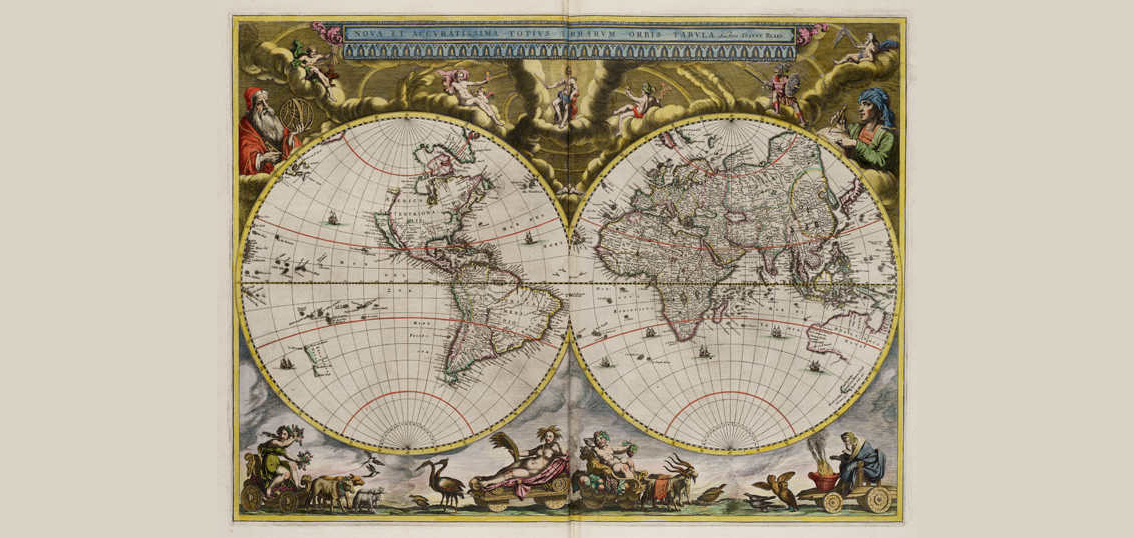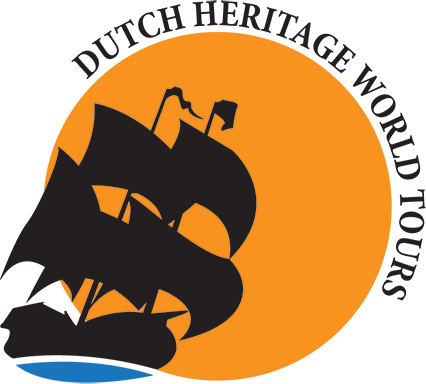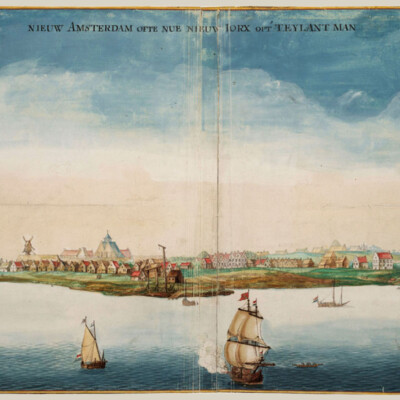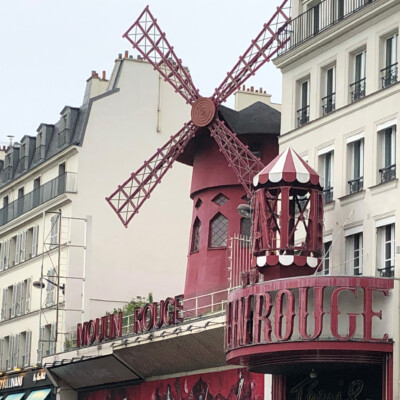
Dutch Heritage Worldwide
The ties that the Netherlands has with other countries are often centuries old. In many cases they date from a time when the Netherlands and Belgium were not yet separate countries. That’s why, in addition to Dutch heritage, we also regularly talk about Flemish heritage.
Contact with the United States came about in the early 17th century when the Netherlands established trading posts for the trade in beaver skins. Subsequently, the West India Company founded the colony of New Netherland, with New Amsterdam (now New York) as its capital.
The Low Countries have been in contact with France for a long time on a political and diplomatic level, and especially in the 19th and early 20th centuries, Paris attracted Dutch artists as the world’s cultural center.
The ties with Poland originate from the Hanseatic League, founded in the 11th century, to which, among others, the Polish city of Gdansk and various Dutch cities had joined. Trade around the Baltic Sea was even more important to the prosperity of the Netherlands than the VOC (Verenigde Oost-Indische Compagnie) or WIC (West-Indische Compagnie) centuries later. Following in the footsteps of the merchants and sailors, Dutch and Flemish architects and artists also moved to Gdansk.
There are many other countries where Dutch/Flemish heritage can be found: among others Suriname, Indonesia, South Africa, the Dutch Caribbean islands, Brazil, Russia, Japan, Sri Lanka, Australia and India.




